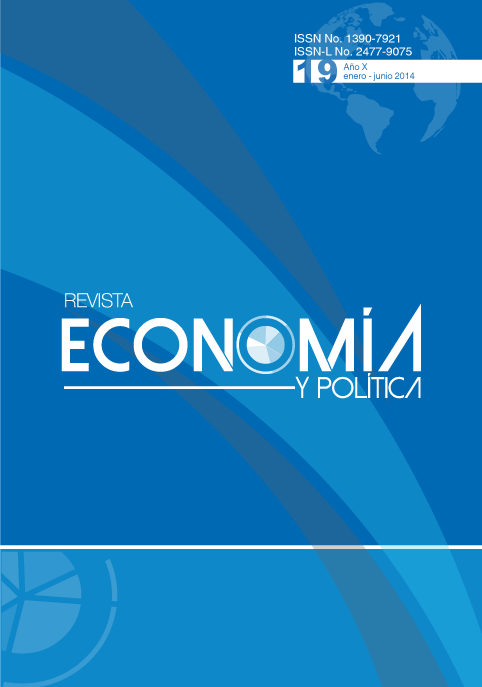Measuring poverty and deprivation in Ecuador (2001-2010)
DOI:
https://doi.org/10.25097/rep.n19.2014.02Abstract
This paper presents the poverty index for Ecuador based on the methodology of Alkire and Foster (AF) (2007, 2011 a). The proposed methodology consists of six dimensions: educational conditions of the home, conditions of the childhood and the youth, health, work, access to the public services domiciliary and the conditions of the House and income. The index uses a simple weighting structure, in which each variable has the same weight regardless of the dimension it belongs to. Some results are presented in a very general way. The results of IP Ecuador indicate that the multidimensional poverty in Ecuador was reduced between 2001 and 2010 for households with less than 4 deprivations. It can be concluded that despite the reduction in all measures of multidimensional poverty, large imbalances persist between poor and non-poor people. Also, there are large provincial differences, regardless of the dimension analyzed.
Downloads
Downloads
Published
How to Cite
Issue
Section
License
The Journal declines any responsibility for possible conflicts derived from the authorship of the works that are published in it.
The University of Cuenca in Ecuador conserves the patrimonial rights (copyright) of the published works and will favor the reuse of the same ones, these can be: copy, use, diffuse, transmit and expose publicly.
Unless otherwise indicated, all contents of the electronic edition are distributed under a Creative Commons Attribution-NonCommercial-ShareAlike 4.0 International License.






